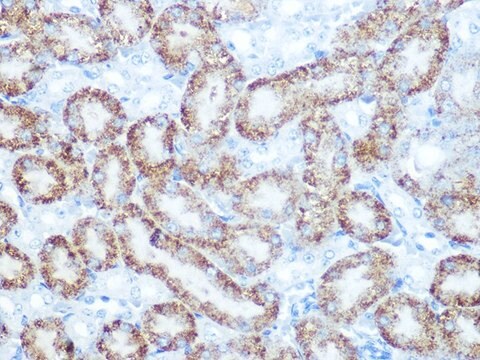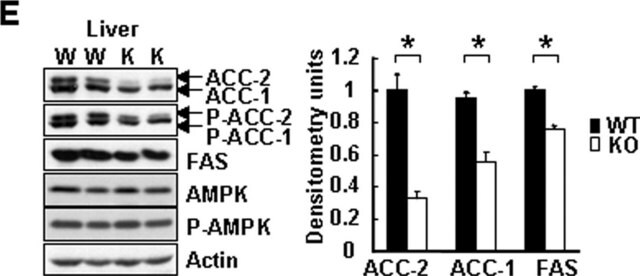C0979
Anti-Catalase antibody ,Mouse monoclonal
clone CAT-505, purified from hybridoma cell culture
Sinónimos:
Anti-CAT
About This Item
Productos recomendados
biological source
mouse
Quality Level
conjugate
unconjugated
antibody form
purified from hybridoma cell culture
antibody product type
primary antibodies
clone
CAT-505, monoclonal
form
buffered aqueous solution
mol wt
antigen 60 kDa
species reactivity
human, mouse, bovine, rat
concentration
~2 mg/mL
technique(s)
immunocytochemistry: suitable
immunohistochemistry: suitable
indirect ELISA: suitable
microarray: suitable
western blot: 0.5-1 μg/mL using a whole extract of HepG2 cells
isotype
IgG1
UniProt accession no.
shipped in
dry ice
storage temp.
−20°C
target post-translational modification
unmodified
Gene Information
human ... CAT(847)
mouse ... Cat(12359)
rat ... Cat(24248)
Categorías relacionadas
General description
Immunogen
Application
Western Blotting (5 papers)
- Immunocytochemistry
- Immunohistochemistry
- Indirect ELISA
- Microarray
- Western blotting at a concentration of 0.5-1μg/mL using whole extract of HepG2 cells
- Immunofluorescence
Biochem/physiol Actions
Physical form
Preparation Note
Disclaimer
¿No encuentra el producto adecuado?
Pruebe nuestro Herramienta de selección de productos.
Storage Class
12 - Non Combustible Liquids
wgk_germany
nwg
flash_point_f
Not applicable
flash_point_c
Not applicable
Elija entre una de las versiones más recientes:
¿Ya tiene este producto?
Encuentre la documentación para los productos que ha comprado recientemente en la Biblioteca de documentos.
Nuestro equipo de científicos tiene experiencia en todas las áreas de investigación: Ciencias de la vida, Ciencia de los materiales, Síntesis química, Cromatografía, Analítica y muchas otras.
Póngase en contacto con el Servicio técnico







